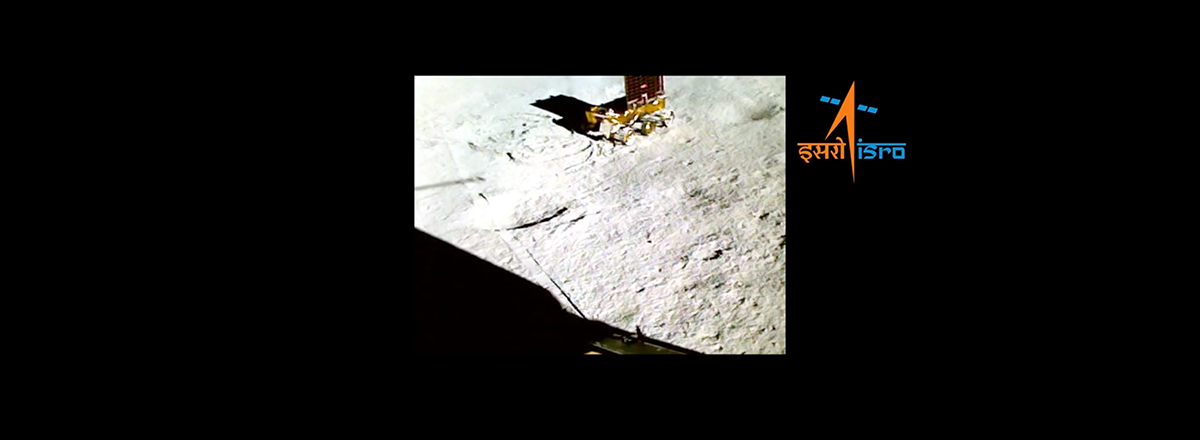India's Chandrayaan-3 Moon Rover Discovers Unexpected Sulfur Presence
Chandrayaan-3's successful landing at the lunar south pole on August 23rd has provided an unprecedented opportunity for scientific exploration of this previously unvisited area.

India's Chandrayaan-3 mission has unveiled an unexpected element near the Moon's southern pole. The mission's moon rover, Pragyan, equipped with the Laser-Induced Breakdown Spectroscopy (LIBS) instrument, detected traces of sulfur within the lunar south pole's soil.
Chandrayaan-3 Mission:
— ISRO (@isro) August 29, 2023
In-situ scientific experiments continue .....
Laser-Induced Breakdown Spectroscope (LIBS) instrument onboard the Rover unambiguously confirms the presence of Sulphur (S) in the lunar surface near the south pole, through first-ever in-situ measurements.… pic.twitter.com/vDQmByWcSL
LIBS, developed by the Laboratory for Electro-Optics Systems in Bangalore, works by vaporizing a sample on the lunar surface with laser pulses, creating a plasma that emits light of specific wavelengths. This light is then analyzed to identify the elements present. While the anticipated elements like aluminum, calcium, chromium, iron, manganese, oxygen, titanium, and silicon were detected, a surprising addition was sulfur.
The discovery is particularly significant as orbiting probes had never previously identified sulfur in this region. Chandrayaan-3's successful landing at the lunar south pole on August 23rd has provided an unprecedented opportunity for scientific exploration of this previously unvisited area.
This lunar region holds crucial importance for future lunar missions, including Artemis 3, due to the presence of water ice beneath its surface. The availability of water makes the area appealing for establishing a sustainable human presence on the Moon. Water could potentially be extracted for various purposes, reducing the need for water supply from Earth.
The newfound sulfur presence opens up intriguing possibilities for future Moon missions. Sulfur could be utilized in various applications, including building materials, solar cells, and batteries.

